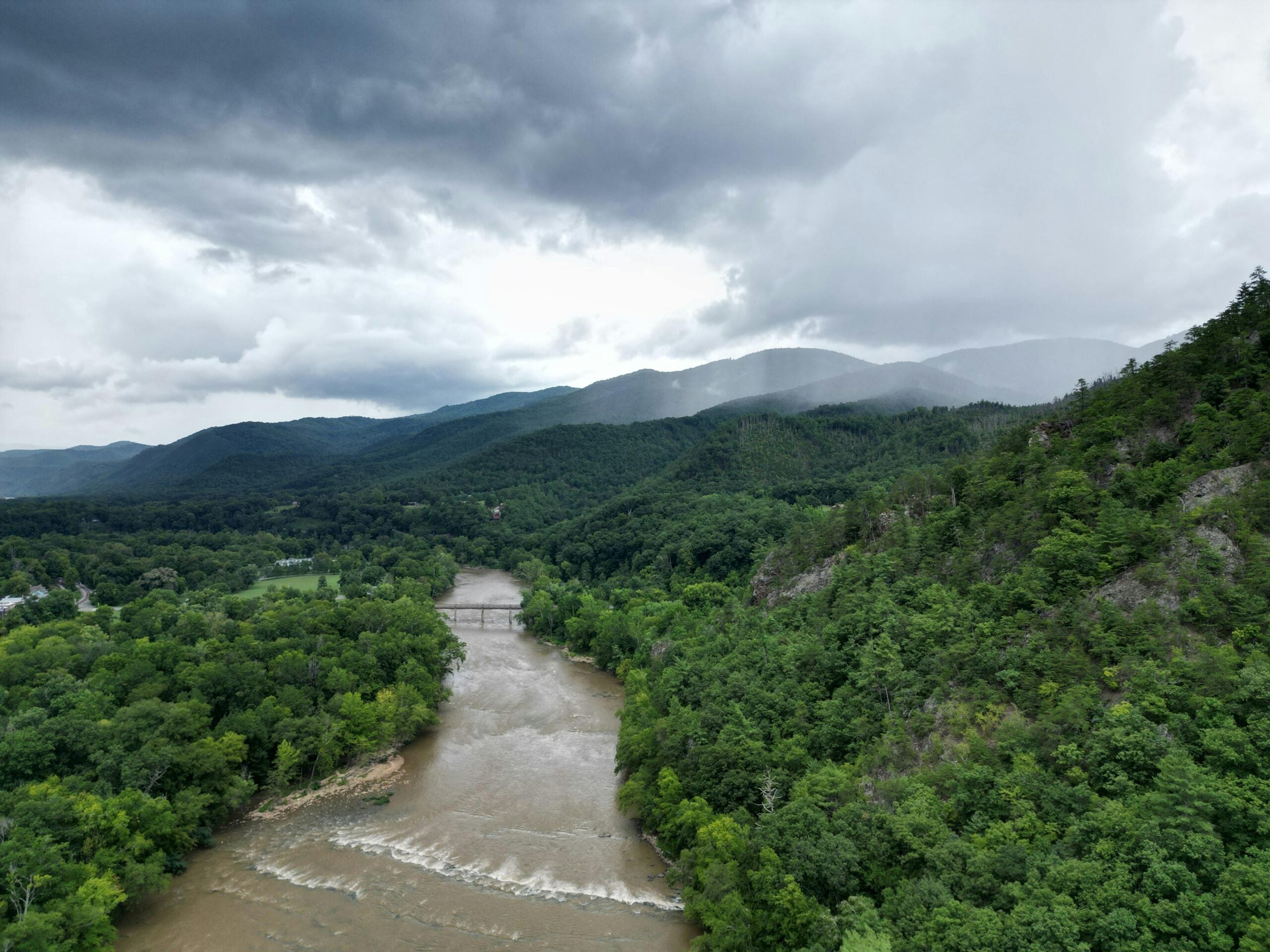In recent years, North Carolina communities have weathered one storm after another, with Hurricane Helene being no exception. Hurricane Helene followed a once-in-a-thousand-year rain event in western North Carolina, which as a result caused widespread devastation and $53 billion of damage to the state alone. The impacts also stretched far beyond North Carolina, affecting communities throughout the southeastern U.S., demonstrating the growing need to prepare for increasingly severe storms.
In the wake of Hurricane Helene, FEMA introduced a $2.1 billion relief package to support families and businesses affected. These relief efforts offered some essential support in the aftermath but only scratched the surface of what is needed to truly help communities.
Moving forward, we must work to safeguard communities by investing in long-term resilience and preparedness.  Read More
Read More










